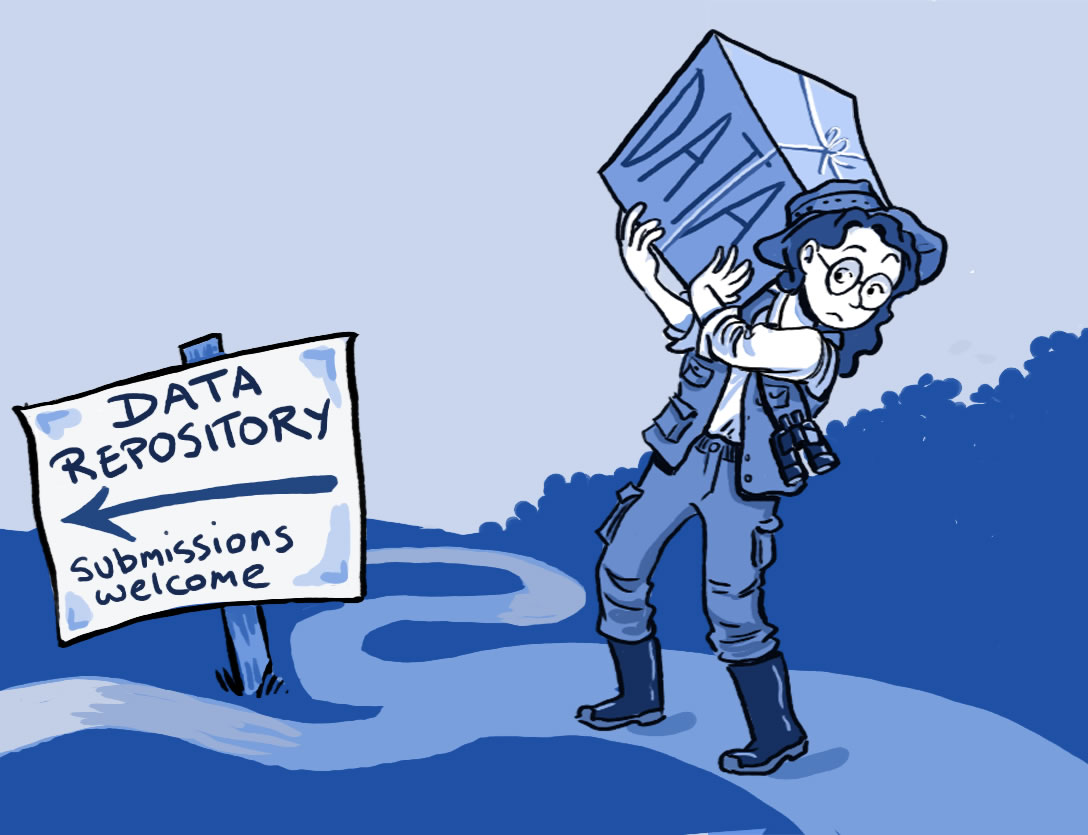By Luke Kirwan, IIASA open access manager
At this year’s European Geosciences Union a panel of experts convened to debate the benefits of open science. Open science means making as much of the scientific output and processes publicly visible and accessible, including publications, models, and data sets.

Open science includes not just open access to research findings, but the idea of sharing data, methods, and processes. ©PongMoji | Shutterstock
In terms of the benefits of open science the panelists—who included representatives from academia, government, and academic publishing—generally agreed that openness favors increased collaboration and the development of large networks, especially in terms of geoscience data, which improves precision in the interpretation of results. There is evidence that sharing data and linking to publications increases both readership and citations. A growing number of funding bodies and journals are also requiring researchers to make the data underlining a publication as publicly available as possible. In the context of Horizon 2020, researchers are instructed to make their data ‘as open as possible, as closed as necessary.’
This statement was intentionally left vague, because the European Research Council (ERC) realized that a one size fits all approach would not be able to cover the entirety of research practices across the scientific community, said Jean-Paul Bourguignon, president of the ERC.
Barbara Romanowicz from Collège de France and Institut de Physique du Glove de Paris also pointed to the need for disciplines to develop standardized metadata standards and a community ethic to facilitate interoperability. She also pointed out that the requirements for making raw data openly accessible are quite different to those for making models accessible. These problems require increased resources to be adequately addressed.

Roche DG, Lanfear R, Binning SA, Haff TM, Schwanz LE, Cain KE, Kokko H, Jennions MD, Kruuk LEB (2014). Troubleshooting public data archiving: suggestions to increase participation. PLOS Biology. 12 (1): e1001779. doi:10.1371/journal.pbio.1001779.
Playing devil’s advocate, Helen Glaves from the British Geological Survey pointed to several areas of potential concern. She questioned whether the costs involved in providing long-term preservation and access to data are the most efficient use of taxpayers money. She also suggested that charging for access could be used to generate revenues to fund future research. However, possibly a more salient concern for researchers that she raised was the fear of scientists that making their data and research available in good faith, could allow their hard work to be passed off by another researcher as their own.
Many of these issues were raised by audience members during the questions and answer session. Scientists pointed out that research data involved a lot of hard work to collate, they had concerns about inappropriate secondary reuse, jobs and research grants are highly competitive. However, the view was also expressed that paying for access to research fundamentally amounts to ‘double taxation’ if the research has been funded by public money, and that even restrictive sharing is better than not sharing at all. It was also argued that incentivising sharing through increased citations and visibility would both help encourage researchers to make their research more open and aide researchers in the pursuit of grants or research positions. To bring about these changes in research practices will involve investing in training the next generation of scientists in these new processes.
Here at IIASA we are fully committed to open access and in the library, we assist our researchers with any queries or issues they may have with widely sharing their research. As well as improving the visibility of research publications through Pure, our institutional repository, we can also assist with making research data discoverable and citable.
A video of the discussion is available on YouTube.
This article gives the views of the author, and not the position of the Nexus blog, nor of the International Institute for Applied Systems Analysis.

You must be logged in to post a comment.